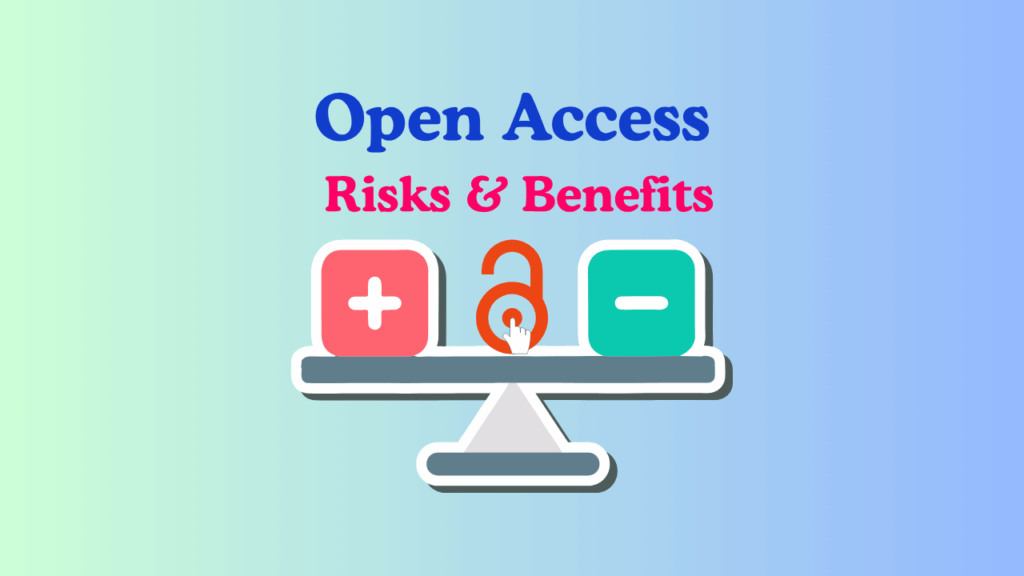How can researchers with limited budgets publish open access?

Open Access (OA) has been nothing short of a revolution in how we read and publish academic literature. OA has let scholars in each field and at every career level access repositories of knowledge that were unimaginable only thirty years ago. Better, still they need nothing more than their own computer. PubMed Central has over 10 million full-text articles, and it is far from the only OA repository.
OA removes the biggest barrier to access—Subscription cost. This has obvious advantages for readers, authors, and for science itself. Still, we all know the old saying “There’s no such thing as a free lunch.” Publishing in OA journals usually requires authors to pay an article processing charge (APC).
APCs can range from a few hundred to several thousand dollars. Paying so much to be featured in the world’s most reputable journals such as Nature may be worth it for some researchers, but it’s far too pricy for most others.
Since managing budgets is a major challenge for PIs, how can they lessen the burden of APCs while still being able to benefit from OA publishing?
Solution 1: Diamond OA
There are many competing OA models that vary considerably in terms of what they offer, how they are funded, and what rights are offered. This has resulted in an informally developed color system for OA publishers. “Gold OA” is the typical model, in which a paper is published online as a full journal article in exchange for paying an APC. This article will be archived, given a DOI, and will be available online for free in perpetuity.
The so-called “Diamond” or “Platinum” OA option is the same thing, except authors don’t need to pay an APC.
Wow! So what is the catch? Well, there is usually no “catch” per se. Many Diamond OA publishers are honest. The issue is that they offer an extremely attractive service with very few opportunities for monetization. This means that they need fund themselves through alternatives like sponsorships, crowdfunding, and advertising on their website. This also limits their budgets, meaning that they tend to be selective.
Nonetheless, if are confident in the quality of your research, it is worth considering sending your paper to relevant Diamond journals. You can easily find them by searching on DOAJ and filtering journals “Without Fees” on the left-hand menu of the search page.
Solution 2: Collaborate with funded researchers
This advice won’t help much if you have already conducted your research, but it is useful to consider working with researchers who have access to considerable funding. If you know any colleagues at institutions with grants or funds for open access publishing, you may want to propose joint projects that align with their funding sources. When approaching a potential collaborator, you should clearly highlight the mutual benefits, such being able to share expertise and increase your research impact.
Solution 3: Request an APC waiver
Most OA publishers ask for a flat fee for a given article type. A flat fee sounds fair but would naturally discourage submissions from less wealthy researchers who need to spend a larger proportion of their budget compared to well-funded teams. This can result in furthering the existing bias towards researchers in the Global North at the expense of the South.
In recognition of this potential bias, many publishers now offer discounts or waivers for researchers from less economically developed countries or from historically marginalized communities. Summarizing all the APC waivers and discounts available here would be too large an undertaking for this article, but it is worth checking the editorial policies on any journal websites before your submission. Many will also offer discounts or waivers on a case-by-case basis. One example is the major Gold publisher MDPI, which waives around a quarter of APCs annually.
Even if the waiver policy isn’t clear or present, it never hurts to contact the editorial team of a target journal and explain your predicament. The worst they can do is say “no.”
Solution 4: Green OA (self-archiving)
Unlike Gold OA, Green OA is usually free. It lets you share a version of your paper in a repository while keeping the journal’s final peer-reviewed copy behind a paywall. This gives you the benefit of being published in a peer-reviewed journal while not preventing people from being able to access your research. The possible downside is that your self-archived version will usually be under embargo for a period, which may last from a few months to a couple of years. In any case, it’s a budget-friendly option that is considerably more open than the traditional subscription-only model.
Solution 5: Preprints
Even many reputable papers start off on the big preprint servers, such as arXiv or ScienceOpen. Publishing your research as a preprint has the clear benefits of being instantaneous and free while offering complete open access. As you may know, preprints are not peer reviewed, which is the major drawback. It’s also worth noting that publishing your research in a preprint does not preclude your paper from being published in a peer-reviewed journal somewhere down the line. Thus, it help you get your results out quickly and generate discussion and new collaborations, which can in turn help you better fund your next publication.
Solution 6: Pick a cheaper journal (and caveat emptor!)
We are now spoiled for choice for OA journals. Perhaps you may not have the money to publish in Nature, but its sister Scientific Reports costs about one-fifth as much. It’s worth casting a wide net and considering less well-known journals.
If you want to publish in an OA journal, you may be tempted by offers that promise easy peer review, reasonable APC costs, and quick turnarounds. Treat any such offers with a healthy dose of suspicion, since many of these predatory journals seek out researchers just like you. Trying to save money by publishing in a fly-by-night journal is a false economy that puts money in the hands of crooks. Not only does it waste your budget, it can even damage your reputation. This doesn’t mean you need to break the bank and only publish in the biggest journals. Regardless of what you choose, remember to Think. Check. Submit.








